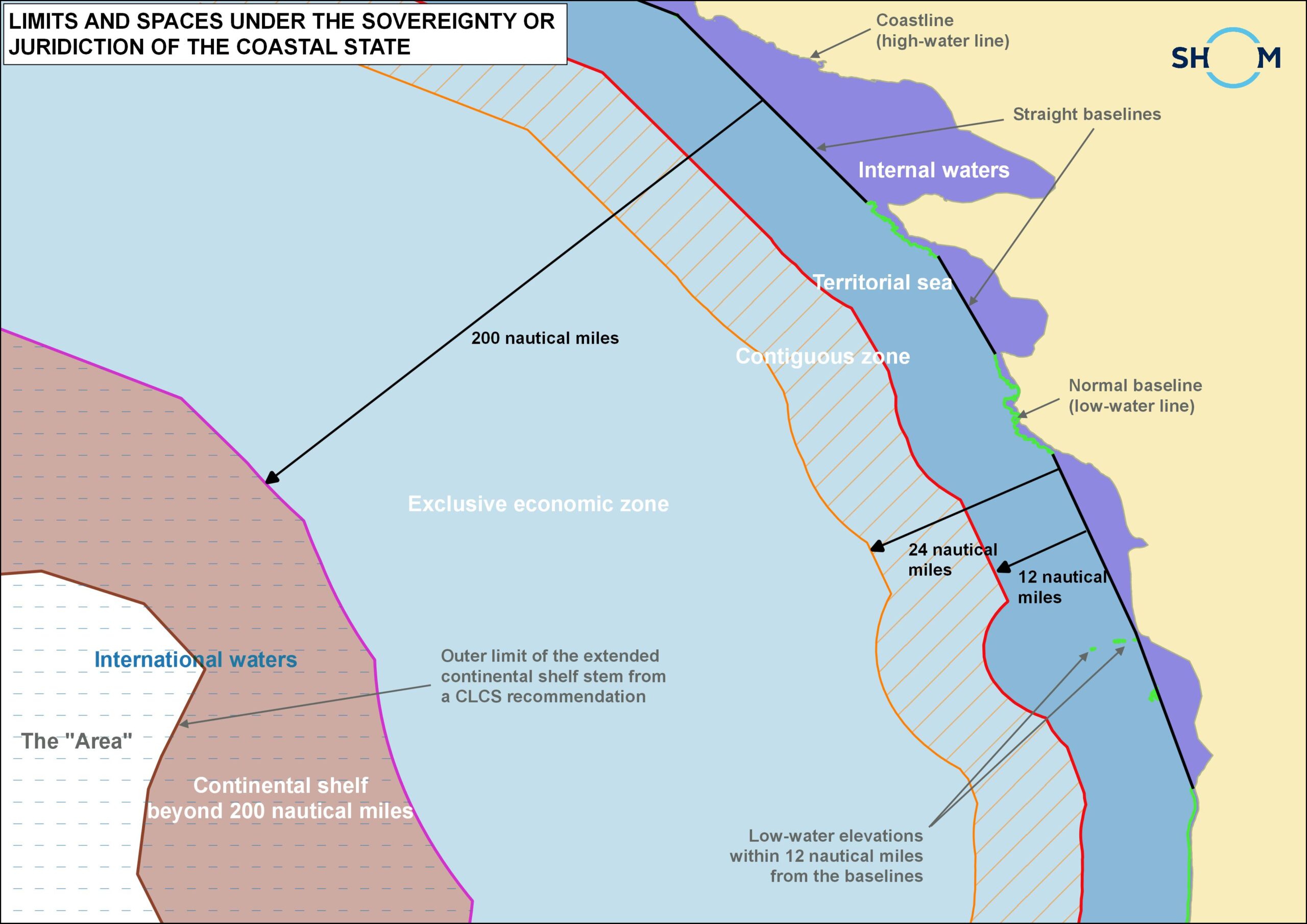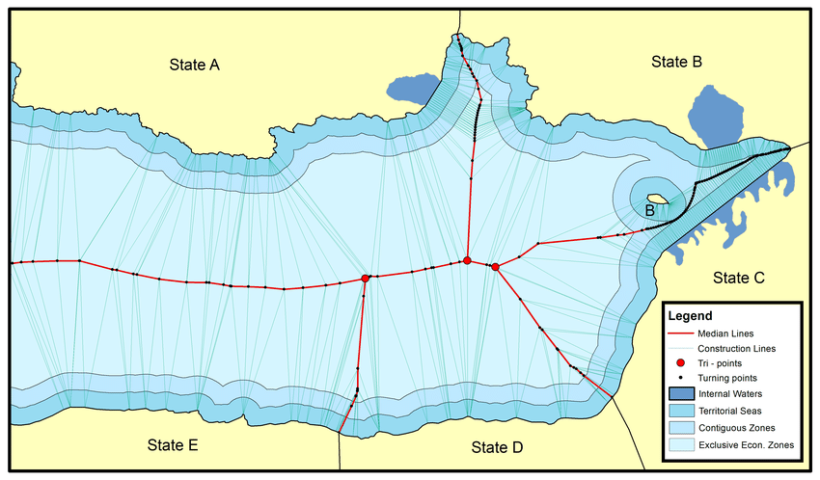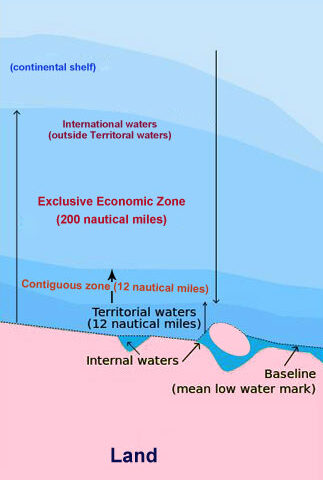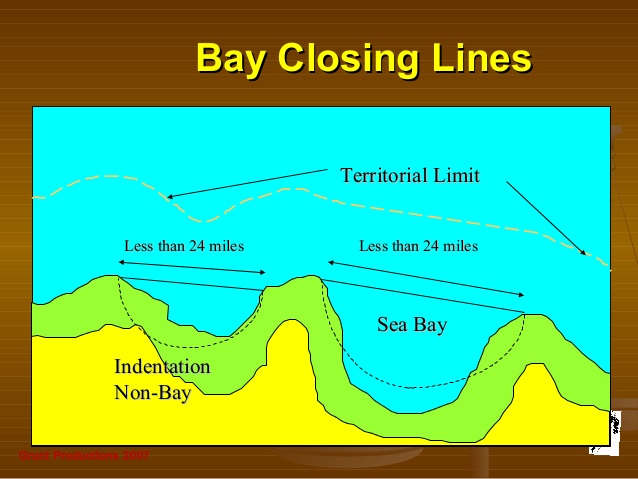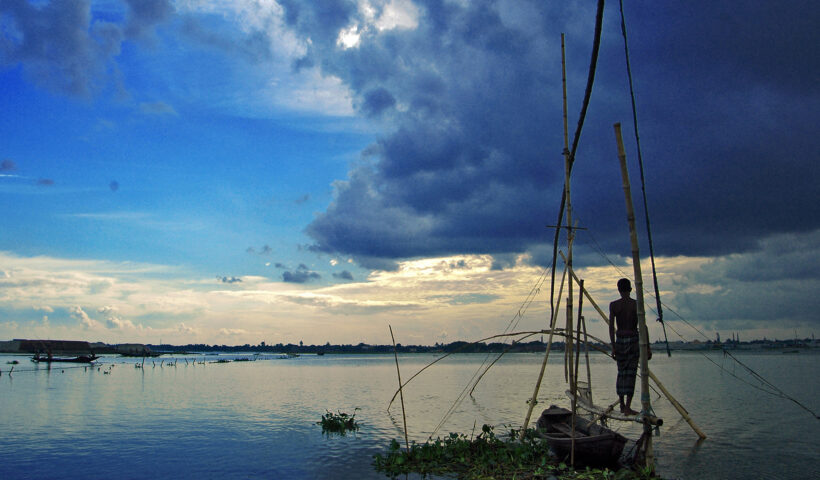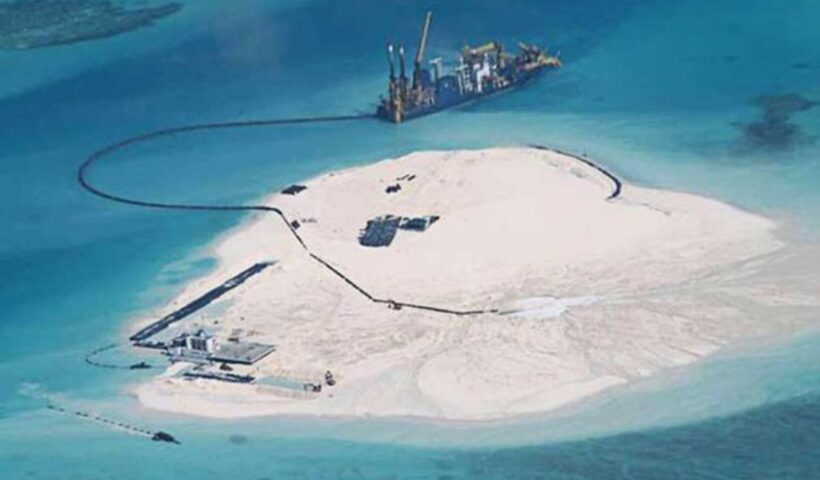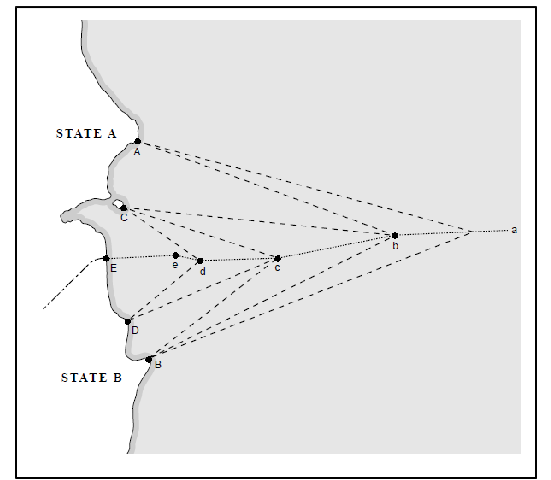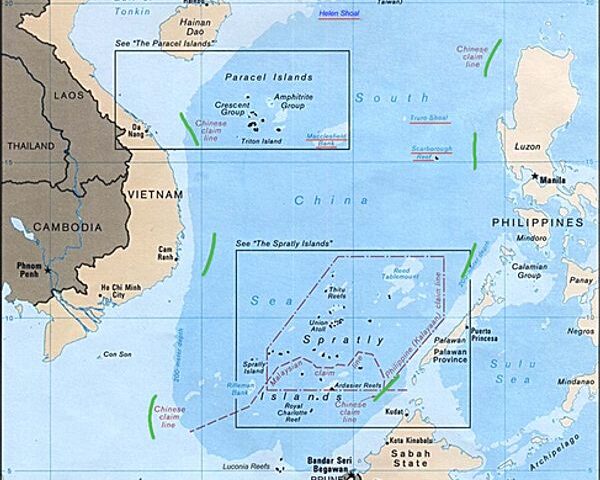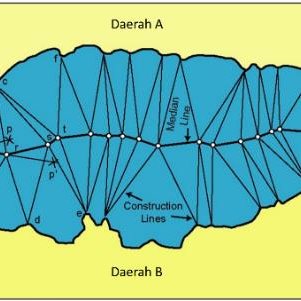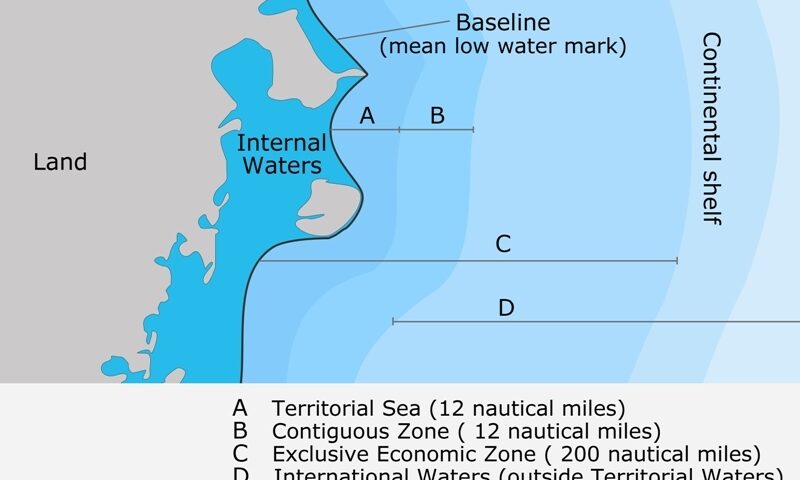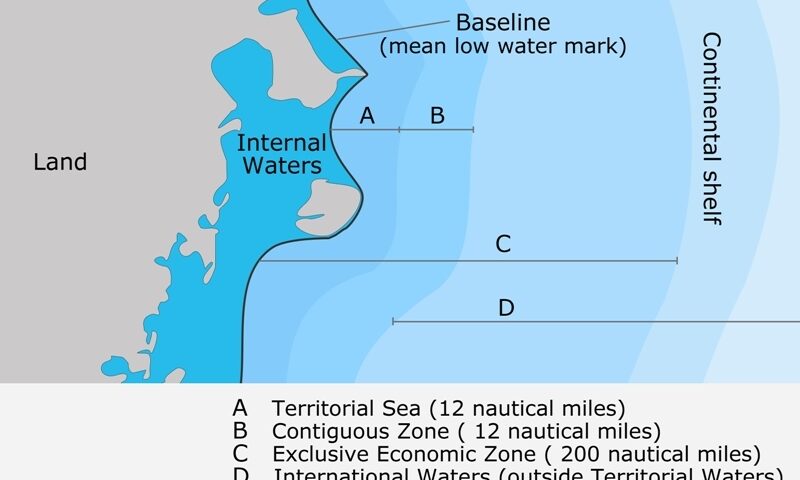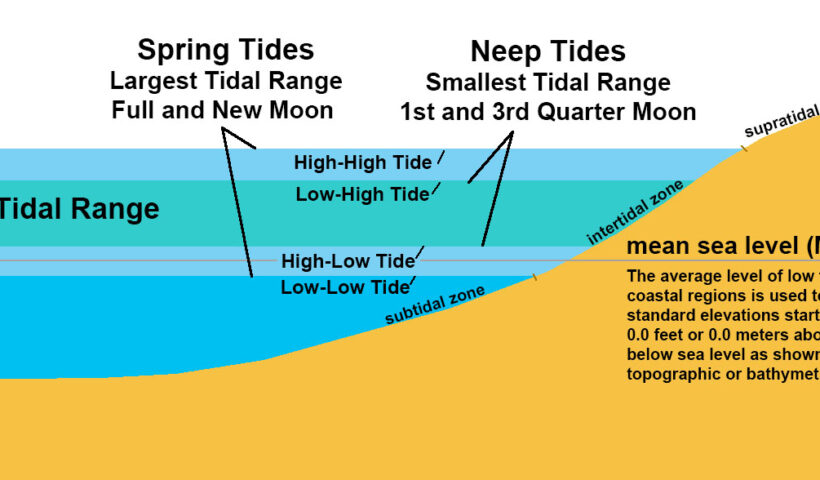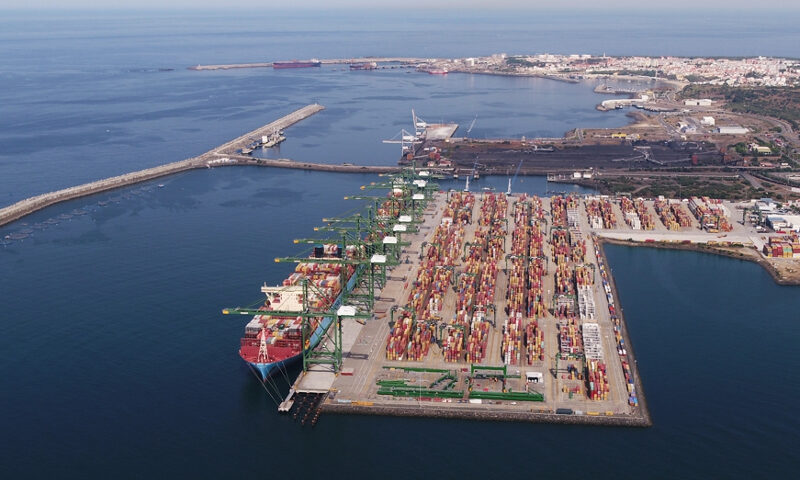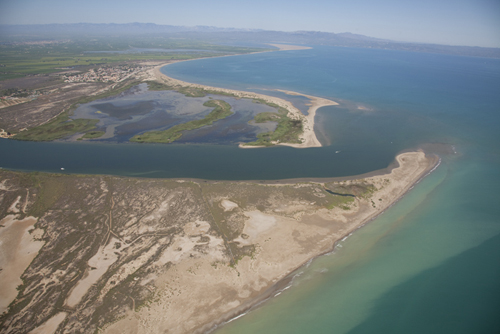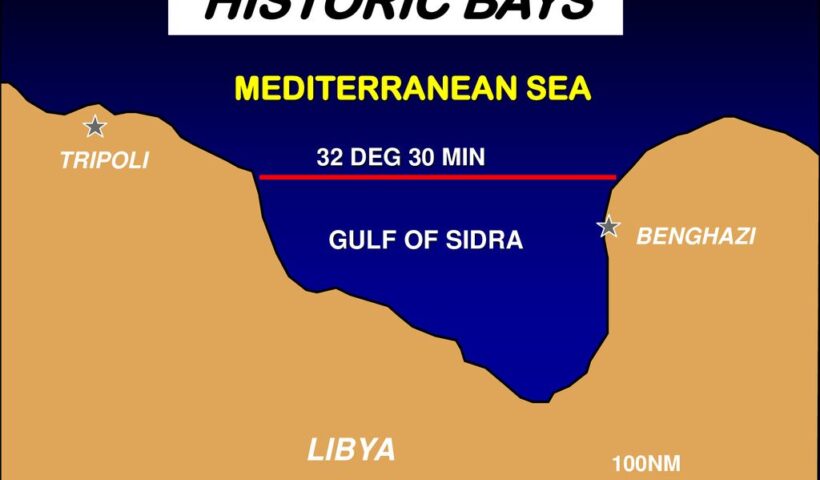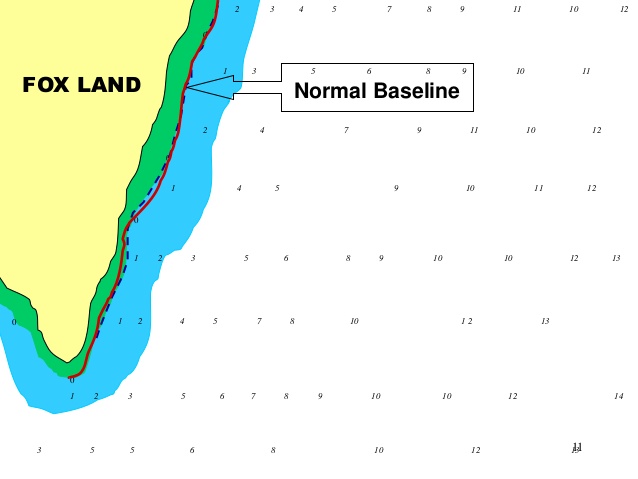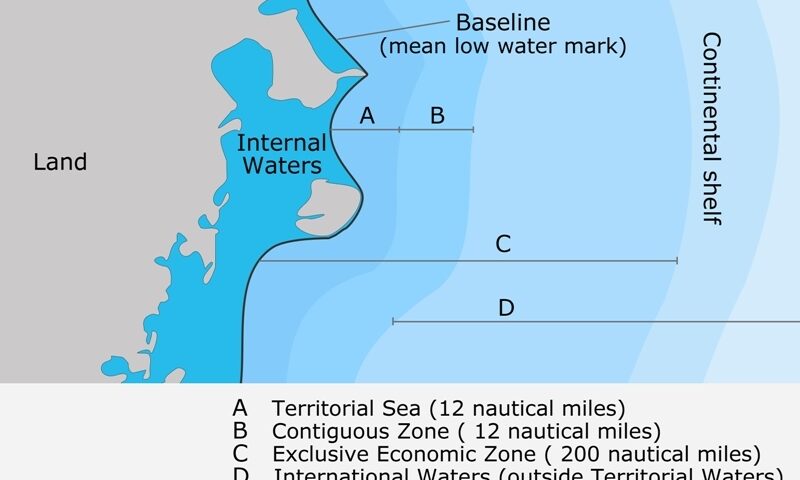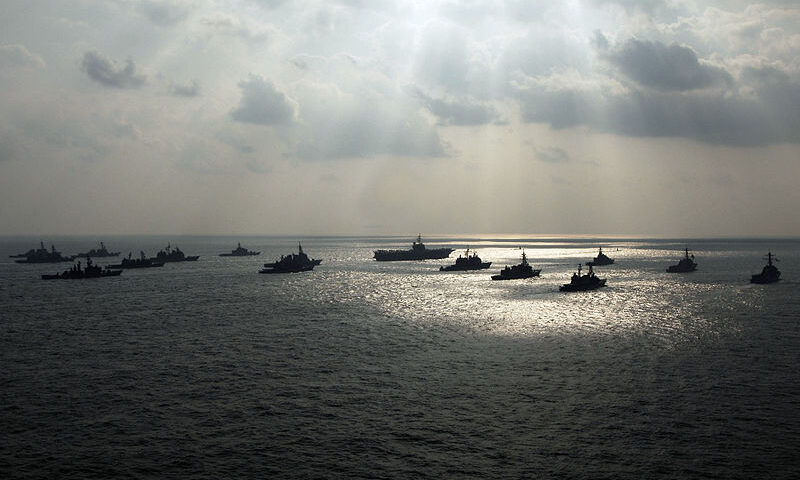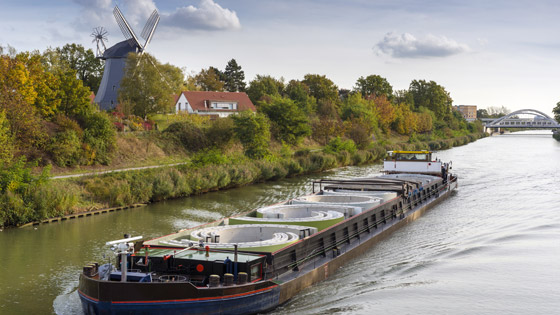Analyzing the US Military’s Presence in the Gulf of Aden: A Strategic Perspective
View More Analyzing the US Military’s Presence in the Gulf of AdenCategory: internal waters and baseline legal aspects
About suez Canal Invasion
The canal is operated and maintained by the state-owned Suez Canal Authority (SCA) of Egypt. The Suez Canal is a man-made waterway connecting the Mediterranean Sea to the Indian Ocean via the Red Sea. It enables a more direct route for shipping between Europe and Asia, effectively allowing for passage from the North Atlantic to the Indian Ocean without having to circumnavigate the African continent. In 1854, Ferdinand de Lesseps, the former French consul to Cairo, secured an agreement with the Ottoman governor of Egypt to build a canal 100 miles across the Isthmus of Suez. The Suez Canal is a human-made waterway that cuts north-south across the Isthmus of Suez in Egypt. The Suez Canal connects the Mediterranean Sea to the Red Sea, making it the shortest maritime route to Asia from Europe. Since its completion in 1869, it has become one of the world’s most heavily used shipping lanes.
View More About suez Canal Invasionthe meaning of Lakes and its variants
Surface water usually flows toward the sea, but sometimes it is held back by a depression or dam and forms a lake. Although most lakes are filled with freshwater, others have high salinity due to a high evaporation rate and accumulation of dissolved mineral salts.
View More the meaning of Lakes and its variantswhat is the meaning of Littorals in geography and law of the sea?
A littoral is a coastal zone between the low-tide line and the high-tide line. This landscape is constantly changing due to the continuous action of the sea, rivers, and wind, and it may take a variety of forms depending on the geological nature of the coast. also we can say the littoral zone or nearshore is the part of a sea, lake, or river that is close to the shore.
View More what is the meaning of Littorals in geography and law of the sea?Overlapping claims to internal waters in law of the sea and LOSC
Several adjacent coastal States have designated straight territorial sea baselines in a manner that generates overlapping claims to internal waters. The LOSC contains only limited references to internal waters, none of which concern delimitation or OCA management. The absence of detailed provisions in this context flows from the characterization of internal waters under customary law: Such waters appertain to the land territory of a coastal State and are subject, with limited exception, to full territorial sovereignty. The absence in the law of the sea of detailed rules concerning internal waters is a deliberate deference to the territorial rights of coastal States.
View More Overlapping claims to internal waters in law of the sea and LOSCwhat is the meaning of “Coastal State” in law of the sea, LOSC and customary international law
“Coastal State” is a State from whose coast or baselines the breadth of the territorial sea is measured, those baselines being determined in accordance with UNCLOS Articles 5–7, 9–10 and 47. what is the meaning of “Coastal State” in law of the sea, LOSC and customary international law, coastal State, coastal State obligations with respect to innocent passage, land-locked State, What is a coastal state under Unclos?, What is coastal state control?, What is the coastal state?, what is the meaning of “Coastal State” in law of the sea, Where is the coastal state?
View More what is the meaning of “Coastal State” in law of the sea, LOSC and customary international lawwhat is the meaning of “Coast” in law of the sea, LOSC and customary international law
what is the meaning of “Coast” in law of the sea, LOSC and customary international law, coastal State, low-water lines, margin of land, What are the principles of the Law of the Sea?, What is maritime law of the sea?, what is the meaning of “Coast” in law of the sea?, what is the meaning of “Coast”?
View More what is the meaning of “Coast” in law of the sea, LOSC and customary international lawwhat is the meaning of “Closing line” in law of the sea, LOSC and customary international law
“Closing line” is a dividing line between the internal waters and the territorial seas of a coastal State enclosing a river mouth, a bay or a harbor; or a dividing line for the archipelagic waters of an archipelagic State as stated in UNCLOS Articles 9–11 and 50.. what is the meaning of “Closing line” in law of the sea, LOSC and customary international law, what is the meaning of “Closing line” in law of the sea, LOSC and customary international law
View More what is the meaning of “Closing line” in law of the sea, LOSC and customary international lawwhat is the meaning of “Basepoint or point” in law of the sea, LOSC and customary international law
A “basepoint” when employed in UNCLOS analysis means any point on the baseline. In the method of straight baselines, where one straight baseline meets another at a common point, one line may be said to “turn” at that point to form another baseline. Such a point may be termed a “baseline turning point” or simply “basepoint.” In either case “point” means a location that can be fixed by geographic coordinates and geodetic datums meeting UNCLOS standards.. what is the meaning of “Basepoint or point” in law of the sea, LOSC and customary international law, baseline turning point, How are territorial waters defined?, How far do territorial waters extend?, How far off land is international waters?, Territorial Sea Convention, UNCLOS, What is baseline in law of sea?, What is low water line?, What is the difference between territorial waters and contiguous waters?, what is the meaning of “Basepoint or point” in law of the sea?
View More what is the meaning of “Basepoint or point” in law of the sea, LOSC and customary international lawwhat is the meaning of “Bank; bank(s)” in law of the sea, LOSC and customary international law
There are two definitions for “bank,” depending on its use in UNCLOS:
(a)The word “banks” in UNCLOS Article 9, when referring to river banks, means those portions of land that confine a river.
(b)The word “bank” in UNCLOS Article 76(6) means a submarine elevation located on the seabed of a continental margin over which the depth of water is relatively shallow; this includes the seabed of an island’s continental shelf as permitted by Article 121, over which the depth of water is relatively shallow.. what is the meaning of “Bank; bank(s)” in law of the sea, LOSC and customary international law, continental shelf, river, that portion of land that confines a river, what is the meaning of “Bank; bank(s)” in law of the sea?
what is the meaning of “Artificial island, offshore installation, installation (offshore)” in law of the sea, LOSC and customary international law
An “artificial island” or “offshore installation,” or “installation (offshore),” as used in UNCLOS means a human-made edifice in the territorial sea, in the EEZ, on the continental shelf, in archipelagic waters, or in ocean space governed by UNCLOS, which is usually employed to explore for or exploit marine resources. Artificial islands, offshore installations or installations (off-shore) may also be built for other purposes, such as marine scientific research, tide observations, resorts or residences, air terminals, transportation centers, traffic control, etc.. what is the meaning of “Artificial island, offshore installation, installation (offshore)” in law of the sea, LOSC and customary international law, artificial island, continental shelf, EEZ, How artificial islands are made?, How many artificial islands are there in the world?, offshore installation, Pipelines, Territorial Sea Convention, UNCLOS, What is the largest artificial island in the world?, Why did China build artificial islands?
View More what is the meaning of “Artificial island, offshore installation, installation (offshore)” in law of the sea, LOSC and customary international lawwhat is the meaning of “Adjacent coasts” in law of the sea, LOSC and customary international law
As used in UNCLOS Articles 15, 74(1) and 83, “adjacent coasts” means coasts lying on either side of the land boundary between two adjoining States. States may have adjacent coasts under UNCLOS even if they do not share a common land boundary. what is the meaning of “Adjacent coasts” in law of the sea, LOSC and customary international law, adjacent coasts, jus cogens norms, UNCLOS, what is the meaning of “Adjacent coasts” in law of the sea
View More what is the meaning of “Adjacent coasts” in law of the sea, LOSC and customary international lawLegal Nature of Maritime Delimitation in law of the sea and customary international law
Maritime delimitation may be defined as the process of establishing lines separating the spatial ambit of coastal State jurisdiction over maritime space where the legal title overlaps with that of another State. This definition calls for five comments:… Legal Nature of Maritime Delimitation in law of the sea and customary international law, a just and equitable share, continental shelf, délimitation constitutive, délimitation déclarative, EEZ, geographical co-ordinates, Gulf of Maine case, internal waters, International Sea-Bed Authority, maritime delimitation, North Sea Continental Shelf cases, provisional delimitation line, territorial sea, What are the stages of maritime boundary?, What is a single maritime boundary?, What is delimited boundary?, What is maritime space?, What is median line principle?, What is the difference between demarcation and delimitation?, Which law delimits world seas?
View More Legal Nature of Maritime Delimitation in law of the sea and customary international lawHistoric Title and Historic Rights as a RELEVANT CIRCUMSTANCES in delimitation process in law of the sea and customary international law
Historic Title and Historic Rights as a RELEVANT CIRCUMSTANCES in delimitation process in law of the sea and customary international law, continental shelf delimitation, delimitation process, EEZ, EEZ delimitation, historic rights, Historic Title, LOSC, maritime areas, maritime delimitation, relevant circumstances, South China Sea Arbitration
View More Historic Title and Historic Rights as a RELEVANT CIRCUMSTANCES in delimitation process in law of the sea and customary international lawBaselines or basepoints as a RELEVANT CIRCUMSTANCES in delimitation process in law of the sea and customary international law
Baselines or basepoints as a RELEVANT CIRCUMSTANCES in delimitation process in law of the sea and customary international law, Baltic, baselines, basepoint, basepoints, delimitation process, equidistance method, Eritrea/Yemen case, Libya/Malta case, LOSC, Maritime Boundary Agreement between the United States and Cuba, maritime delimitations, relevant circumstances, straight-baselines system
View More Baselines or basepoints as a RELEVANT CIRCUMSTANCES in delimitation process in law of the sea and customary international lawAccess to Ports in the international law of the sea(internal water)
Access to Ports in the international law of the sea(internal water), 1923 Geneva Convention and Statute on the International Regime of Maritime Ports, Access to Ports, internal waters, Nicaragua case
View More Access to Ports in the international law of the sea(internal water)Jurisdiction of the Coastal State Over Foreign Vessels in Internal Waters in the law of the sea and LOSC
Normally the civil jurisdiction of the coastal State is not exercised in connection with disputes of a private nature arising between members of the crew. In relation to criminal jurisdiction, international lawyers have been accustomed to contrasting the Anglo-American position with the French position.
Jurisdiction of the Coastal State Over Foreign Vessels in Internal Waters in the law of the sea and LOSC, Article 32 of the LOSC, Jurisdiction of the Coastal State, The 2012 ARA Libertad case
Legal Status of Internal Waters in the law of the sea and LOSC
Legal Status of Internal Waters in the law of the sea and LOSC, Article 5(2) of the TSC, Article 8 of the LOSC, Legal Status of Internal Waters, LOSC
View More Legal Status of Internal Waters in the law of the sea and LOSCwhat is the meaning of INTERNAL WATERS in law of the sea and cases?
Internal waters are ‘those waters which lie landward of the baseline from which the territorial sea is measured’. Specifically, internal waters in a legal sense embrace (i) parts of the sea along the coast down to the low-water mark, (ii) ports and harbours, (iii) estuaries, (iv) landward waters from the closing line of bays, and (v) waters enclosed by straight baselines. On the other hand, as noted earlier, internal waters in the law of the sea do not include waters within the land territory and land-locked waters or lakes. what is the meaning of INTERNAL WATERS in law of the sea and cases?, archipelagic waters vs internal waters, definition of internal waters, estuaries, example of internal waters, harbours, High seas, internal waters, internal waters distance, internal waters examples, internal waters unclos, International waters, landward waters, law of the sea, Mare liberum, ports, territorial sea, trans-boundary waters, waters enclosed by straight baselines, What do you mean about internal waters?, What does internal waters mean?, What is included in the internal waters?, Where are international waters?
View More what is the meaning of INTERNAL WATERS in law of the sea and cases?what the mean of LOW-TIDE ELEVATIONS in the law of the sea and case
Article 13(1) of the LOSC defines low-tide elevations as follows:
A low-tide elevation is a naturally formed area of land which is surrounded by and above water at low tide but submerged at high tide.
This provision further provides: ‘Where a low-tide elevation is situated wholly or partly at a distance not exceeding the breadth of the territorial sea from the mainland or an island, the low-water line on that elevation may be used as the baseline for measuring the breadth of the territorial sea’. Where a low-tide elevation is wholly situated outside the territorial sea, however, it has no territorial sea of its own. The ICJ has held that Article 13 reflects customary international law. Considering that low-tide elevations may have an impact on identifying the outer limits of marine spaces under national jurisdiction, such elevations have practical importance for the coastal State.. what the mean of LOW-TIDE ELEVATIONS in the law of the sea and case, Anglo-French Continental Shelf Arbitration, Article 13 of the LOSC, China Sea Arbitration, Eddystone Rocks, Fasht al Azm, Gaven Reef (South), Hughes Reef, low-tide elevations, Mischief Reef, Qit ’at Jaradah, Subi Reef
The meaning and rule of ISLANDS baseline and its difference with rocks and reefs on the law of the sea and LOSC
The definition of an island is provided in Article 121(1) of the LOSC:
An island is a naturally-formed area of land, surrounded by water, which is above water at high tide. This provision, which follows Article 10(1) of the TSC, contains four criteria that call for comment.. the meaning and role of ISLANDS baseline situation and its difference with rocks and reefs on the on the law of the sea and LOSC, Article 121 of the LOSC, Article 121(2) of the LOSC, baseline, continental shelf, Definition of an Island, EEZ, Greenland/Jan Mayen case, Hvalrossbukta, ISLANDS, Jan Mayen, Judges Bedjaoui, low water line, Nicaragua/Colombia case, Okinotorishima, Qatar/Bahrain case, Qit’at Jaradah, reefs, rocks, South China Sea Arbitration, UNCLOS I, UNCLOS III, Walrus Bay
The meaning and role of ports on the baseline situation on the law of the sea and LOSC
Article 11 of the LOSC provides a rule concerning harbour works:
For the purpose of delimiting the territorial sea, the outermost permanent harbour works which form an integral part of the harbour system are regarded as forming part of the coast. Off-shore installations and artificial islands shall not be considered as permanent harbour works.. the meaning and role of ports on the baseline situation on the law of the sea and LOSC, Article 11 of the LOSC, harbour system, law of the sea, ports, Sulina dyke
what is the meaning of River Mouths in the LOSC and law of the sea
Concerning river mouths, Article 9 of the LOSC stipulates:
If a river flows directly into the sea, the baseline shall be a straight line across the mouth of the river between points on the low-water line of its banks. . what is the meaning of River Mouths in the LOSC and law of the sea, Article 9 of the LOSC, law of the sea, LOSC, River Mouths
what is the meaning of the Bays Bordered By More Than One State on the law of the sea
Recently the number of bays bordered by more than one State has increased owing to the break-up of existing composite States. The legal regime of such bays thus merits particular attention. In this regard, a question arises as to whether States bordering a bay may draw a closing line across the mouth of the bay. Two different views can be identified.. what is the meaning of the Bays Bordered By More Than One State on the law of the sea, 1988 Agreement between Tanzania and Mozambique, Arbitral Tribunal, Article 10 of the LOSC, Bay of Savudrija/Piran, Bays Bordered By More Than One State, Gulf of Fonseca, Historic Bays, law of the sea
View More what is the meaning of the Bays Bordered By More Than One State on the law of the seawhat is the meaning of Historic Bays on tle law of the sea and LOSC
The TSC and the LOSC contain no definition of historic bays. According to the Annex VII Arbitral Tribunal in the South China Sea Arbitration (Merits), a ‘historic bay’ is ‘a bay in which a State claims historic waters’. As historic bays are one of the categories of ‘historic waters’, the legal regime of historic bays should be examined in the broad context of historic waters. According to the ICJ, ‘historic waters’ usually mean ‘waters which are treated as internal waters but which would not have that character were it not for the existence of [a] historic title’.. what is the meaning of Historic Bays on tle law of the sea and LOSC, Concept of Historic Waters, geographical sense, Gulf of Sert, Historic Bays, historic rights, historic waters, ICJ, law of the sea, LOSC, Tunisia/Libya case
View More what is the meaning of Historic Bays on tle law of the sea and LOSCthe meaning of the Juridical Bays in the law of the sea and LOSC
In this regard, the Arbitral Tribunal, in the 1910 North Atlantic Coast Fisheries case, stated:
the geographical character of a bay contains conditions which concern the interests of the territorial sovereign to a more intimate and important extent than do those connected with the open coast. Thus conditions of national and territorial integrity, of defense, of commerce and of industry are all vitally concerned with the control of the bays penetrating the national coast line.
Furthermore, where the low-water line rule applies to a bay whose mouth is less than twice the breadth of the territorial sea, the high seas may be enclosed within the bay. This situation will create inconvenient results for various marine activities.. the meaning of the Juridical Bays in the law of the sea and LOSC, 10-mile formula, Arbitral Tribunal, Article 10(6) of the LOSC, customary international law, Fisheries case, Juridical Bays, law of the sea, LOSC, low-water line, North Atlantic Coast Fisheries case, territorial sea
Straight Baselines meaning on the law of the sea and LOSC
Straight baselines can be defined as:
a system of straight lines joining specified or discrete points on the low-water line, usually known as straight baseline turning points, which may be used only in localities where the coastline is deeply indented and cut into, or if there is a fringe of islands along the coast in its immediate vicinity.
The essential difference between the straight baseline system and the normal baseline system is that under the straight baseline system, baselines are drawn across water, not along the coast.. Straight Baselines meaning on the law of the sea and LOSC, Anglo-Norwegian Fisheries Case, baseline meaning, Baselines under the International Law of the Sea, law of the sea, LOSC, low-tide elevations, low-water line, low-water line along the coast, skjoergaard, straight baseline definition, Straight Baselines, types of baseline in maritime law, What is high water line?, What is straight baseline method?, What is territorial sea baseline?, What is the baseline?, What is the meaning of 12 nautical miles?, What’s high and low water marks?
Normal Baselines meaning on the law of the sea and LOSC
The normal baseline is the low-water line drawn along the coast. In this regard, Article 5 of the LOSC provides as follows:
Except where otherwise provided in this Convention, the normal baseline for measuring the breadth of the territorial sea is the low-water line along the coast as marked on large-scale charts officially recognized by the coastal State.. Normal Baselines meaning on the law of the sea and LOSC, baseline meaning, Baselines under the International Law of the Sea, large-scale charts, law of the sea’s, LOSC, low-water line, low-water line along the coast, Normal Baselines, types of baseline in maritime law, What is high water line?, What is territorial sea baseline?, What is the baseline?, What is the meaning of 12 nautical miles?, What is the purpose of baselines under the law of the sea?
Baselines and Related Issues on the International law of the sea
The seaward limits of each jurisdictional zone are measured from baselines. Thus rules concerning baselines are of particular importance in the law. In particular, rules governing straight baselines and bays merit serious consideration. Furthermore, attention must be devoted to the legal status of islands and low-tide elevations because the existence of these maritime features may affect the seaward limits of marine spaces under national jurisdiction. (i) What are the rules governing baselines?
(ii) What are the problems associated with rules with regard to straight baselines?
(iii) What are the rules governing juridical bays in international law?
(iv) What is a historic bay and what are the elements of title to such a bay?
(v) What is the definition of an island?
(vi) What are the differences between islands, rocks and low-tide elevations? Baselines and Related Issues on the International law of the sea, baselines, coastal State, internal waters,International law of the sea, jurisdictional zones
Principle of Sovereignty on the law of the sea
In contrast to the principle of freedom, the principle of sovereignty seeks to safeguard the interests of coastal States. This principle essentially promotes the extension of national jurisdiction into offshore spaces and supports the territorialisation of the oceans. In summary, on the basis of the principle of freedom and the principle of sovereignty, the ocean has been divided into two categories. The first category relates to marine space adjacent to coasts subject to the national jurisdiction of the coastal State. The second category concerns marine space beyond national jurisdiction where the principle of freedom
applies. Until the mid-twentieth century, the scope of the territorial sea was limited to the narrow maritime belt, and the enormous area of the oceans remained the high seas. It could well be said that the oceans were dominated by the principle of freedom at that time. Principle of Sovereignty on the law of the sea, coastal States, Principle of Sovereignty
what is the meaning of International waterways?
A strait, canal, river, or lake lying between or passing through two or more nations, or forming a passage between two areas of the high seas, regarded as freely navigable under international law.
View More what is the meaning of International waterways?



